One of the first bonsai under my care was a Japanese plum. As I really like the way it grows, I decided to make some cuttings a few years ago.
Young Japanese plums grown from cuttings
The work is simple at this point – remove or wire anything that lacks movement.
Young plum with two straight shoots
On the tree above, I removed both straight shoots as one was too large to bend and the other was situated near the inside of a bend.
After removing the straight shoots
Here are the two plums from above after removing the unnecessary shoots.
After cutback
If the main trunk of the tree lacked movement, I shortened it. In the future, I’ll work with a lower branch.
Young plum with straight trunk
After shortening the trunk
I find the work at this stage to be a lot of fun. Here are a few others from the batch.
Young plum after wiring
Young plum after removing a large sacrifice branch
Young plum – in the future it could become a cascade or a more upright tree with a new potting angle
Removing larger sacrifice branches at this stage ensures that the wounds will heal easily. Although letting sacrifice branches develop for several years could produce larger sized trunks in less time, I’d have to take more care to heal the resulting wounds. The idea is that I can maintain tree health and quality while developing trees at a slower pace.
Subscribe to Bonsai Tonight
New Posts Delivered Every Tuesday and Friday
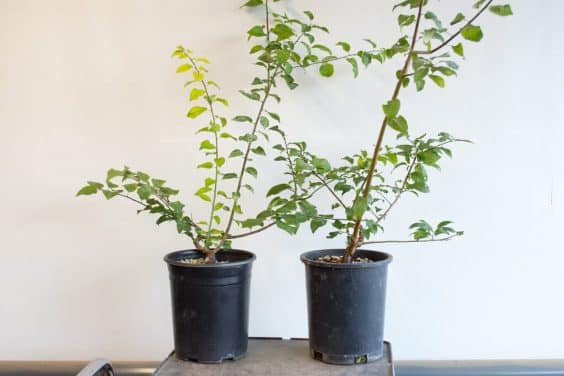
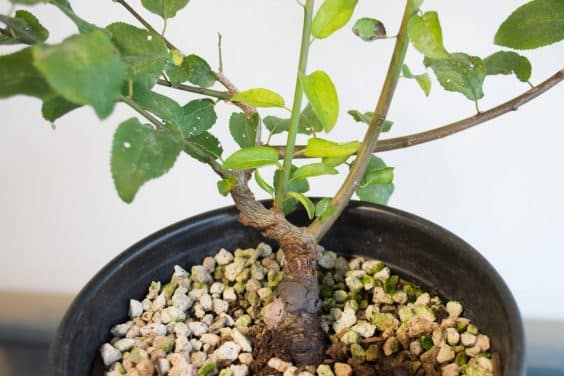
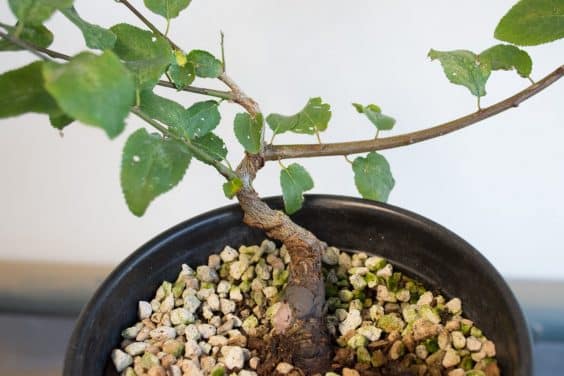
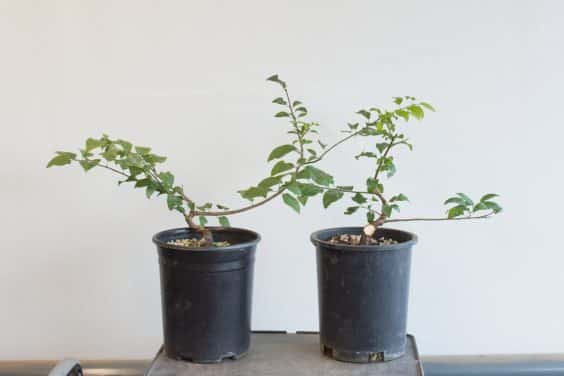
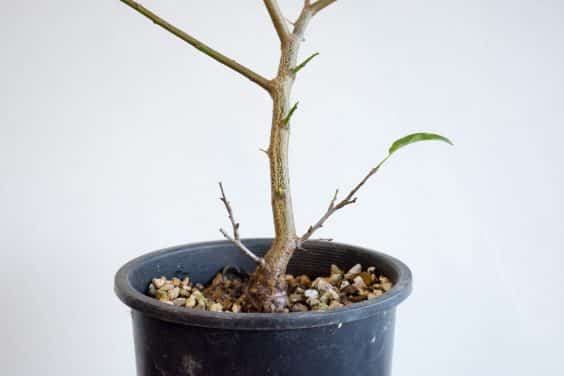
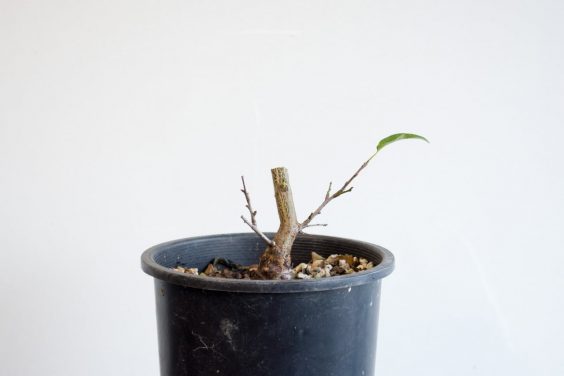
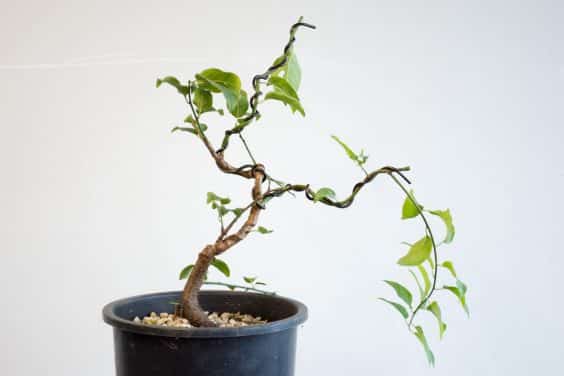
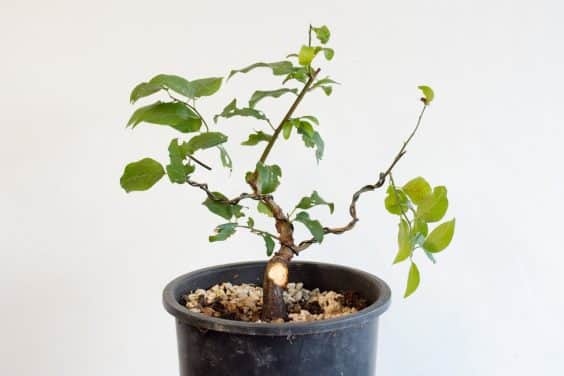
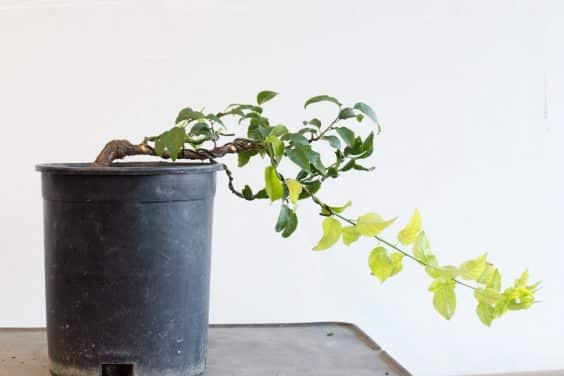
Matthew Strandberg says
Are the Japanese plum similar to the Chinese sweet plum (sageteria theezus) ? In terms of liking acidic soil, sunlight, and ridgidness of growth?
I have had 2 and both have done poorly here in Michigan.
Jonas Dupuich says
Good question, am not familiar with the sageteria. The plum is somewhat similar to ume in terms of growth habit.
George says
Interesting name. Didn’t know that chinese sweet plum was called that . Even Wikipedia seems to have it wrong.
Pedro says
Nice idea, I have also tried with my Ume, but the rate of success with my cuttings is very low. How do you manage to get roots from your cuttings and when is the best moment for it?
Jonas Dupuich says
The plum rooted easily from cutting with root hormone in May/June on 2nd year wood. I haven’t tried with ume.
Erin says
What type of soil are you using for these and what type did you start the cuttings in? Looks like fairly coarse pumice from the pictures. Thanks!
Jonas Dupuich says
The current mix is pumice and composted bark (about 80/20). I started the cuttings in fine bonsai soil – akadama, pumice and lava, about 1 part each.
amin younes says
i love your attitude! take a little extra time for a superior finished product. You’ve inspired me to diversify my sacrifice branches.
Why do you grow in deep pots instead of shallow ones? wouldn’t wider, shallow pots promote better nebari?
Jonas Dupuich says
Thanks Amin! Shallow pots can help with the surface roots, though at this point – and for the next several years – I’m focusing on the trunks. I’ll look to shift toward more shallow pots when the trunks are further along. For varieties like maples, I’d focus a lot more on the roots and use more shallow pots earlier in the process.
amin younes says
thanks for the reply! is the difference in approach because maples tend to have more focus on the roots compared to other species (i.e. japanese plum), because roots are harder to develop on maples, or for some other reason?
Jonas Dupuich says
That’s exactly right – roots are much more important for maples so starting early can really help.